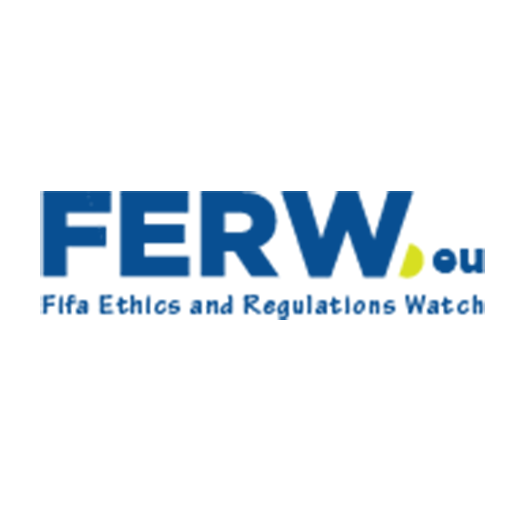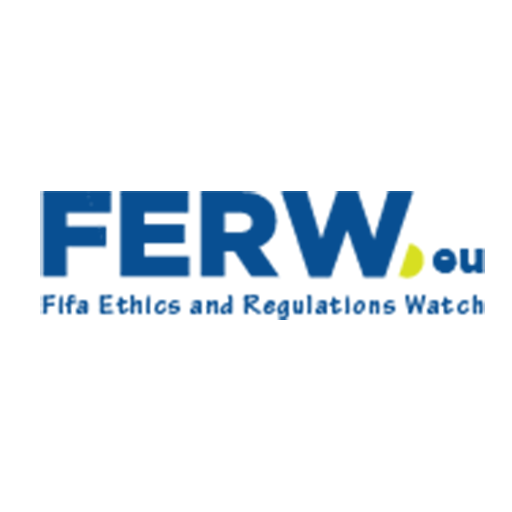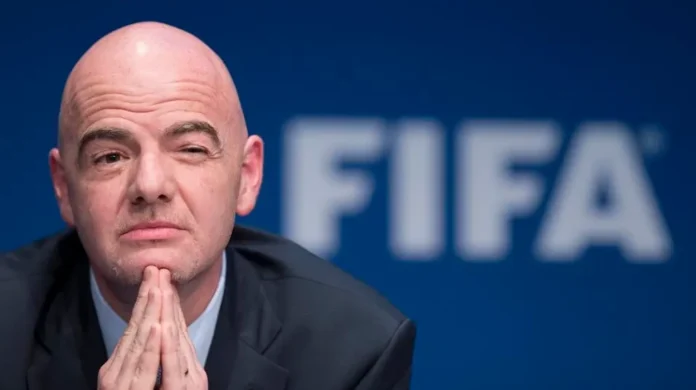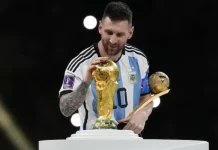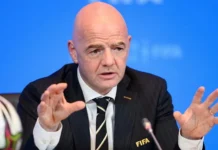A decade after FIFA was involved in the biggest-ever corruption scandal, its institutional credibility is still questionable. Despite the transparent and ethical reform pledges, the world football association is still confronted with a serious battle of power centralization and control weakness.
With the increased commercial popularity of global tournaments, FIFA leadership has used the gained momentum to increase executive influence, casting new questions on its commitment to good governance. It has a wider impact than administrative mismanagement and jeopardizes the position of the sport as a global arena of fairness, inclusion and human rights.
As FIFA comes under closer examination, it can be seen that a disturbing pattern of centralization and minimal accountability standards has influenced the governance structure of FIFA to an increasing degree in 2025 as all stakeholders gear up to the high-stakes 2026 World Cup.
Enduring structural flaws in FIFA’s governance model
After the corruption scandal in 2015, FIFA has been reforming its activities with the goal of modernizing its business and regaining international confidence. These were the establishment of a Council to substitute the Executive Committee, introduction of term limits on high officials and compulsory eligibility checks. But a 2024 report by the NGO FairSquare has discovered that these measures have been mostly symbolic. Decision-making is still heavily concentrated and internal checks are not usually allowed to work independently.
Political parties still prevail in appointments and institutional inertia does not allow effective checks. The leadership has failed in reforms since they themselves have been enjoying the status quo and the calls of not only transparent financial reporting but independent auditing have not been put into practice. The inside culture of FIFA is mostly unchanged despite the structural changes that are being made on paper.
Weak ethical oversight mechanisms
Autonomous regulators that were established to implement FIFA self-regulating principles have been marginalized time and again. The dissolution of the independent human rights advisory board in 2021 and the previous sacking of a Governance Committee chairman in 2017 were indicative of this change of direction between oversight and insulation. This gives FIFA a bad reputation of financial management and FIFA Forward in particular, a project that uses millions of dollars without much outside review of the fund is managed by FIFA.
This has systematically disarmed ethics committees, and has no prosecutorial teeth or autonomy. Such weakened barriers allow unchecked power and create circumstances under which fraudulent conduct and malpractice may remain unnoticed.
Corruption’s legacy and the illusion of accountability
When the U.S. Department of Justice released an indictment in 2015, revealing more than 150 million dollars in bribes to obtain tournament and media rights, it triggered a time of reckoning. It caused the collapse of long serving officials such as Sepp Blatter and Michel Platini. However, there are many of those involved with that culture or even near it, who have remained within or close to the system.
However, FIFA has not managed to transform the institutional memory of the scandal into lasting change despite their pledges to eliminate networks of influence and to enforce financial transparency. The old power brokers still have access or hold onto some regional confederations, retaining informal patronage networks that make structural reform difficult.
Public fatigue with performative governance
The gradual nature of actual change has eroded popular interest in the self-proclaimed reform agenda of FIFA. This has led to the continued reporting of discrepancies in policy and practice by fans, civil society groups, and investigative journalists especially with regard to human rights matters in host countries and how development funds have been distributed.
This type of fatigue is a reputational risk, and the perceived disconnection between the rhetoric of reform and daily executive action are experienced. Credibility among fans and national associations is key in a sport that is constructed around a sense of community, but it is becoming more and more thin.
Centralization of power under Gianni Infantino
Since his election to office in 2016, Gianni Infantino has established himself as a reformer of football, with interests in and expanding world tournaments and generating more commercial revenue. Under his leadership, FIFA had grown its financial adult significantly: in 2019-2022, FIFA had an income of 7.6. But this financial growth has come with an increase in executive power.
Infantino has spearheaded reforms on how tournaments are bid and championed the move towards 48 teams at the World Cup that many feel cement his grip on voting blocs in FIFA. Critics have claimed that instead of democratizing the governance, these expansions make the president have a greater control over the emerging federations of football through patronizing them.
Undermining internal checks
Secrecy of internal decision-making and off-the-record meetings with public prosecutors are among behaviors that have drawn attention to Infantino. Some analysts have characterized his leadership style as being autocratic, where large decisions are usually made behind closed doors and are rubber-stamped by a Council which tends to rarely question the executive proposals.
The dominance that Infantino enjoyed reflects prior power structures that resulted in scandal with the added overlay of a public-facing reform narrative concealing operational continuity with the past. Such a merger casts doubts on FIFA’s self-regulation capacity regarding issues of integrity, responsibility and financial management.
Social consequences and ethical implications
The governance structure of FIFA has direct human consequences. Ahead of the 2022 Qatar World Cup, labor exploitation, limited press freedom and the deaths of migrant workers raised international eyebrows. The same can be said of the risks that are likely to be faced as preparations step up in the 2026 world cup in North America and particularly in areas such as migrant labor and transparency of public investment in host cities.
This absence of a standing, independent human rights body in FIFA suggests those risks are barely addressed, reputational damage and social harm could occur. Despite FIFA declarations on human rights due diligence, these efforts are ineffective especially at the subcontracted labor and venue construction levels.
Funding mismanagement and grassroots neglect
The FIFA Forward program, meant to support the development of football at the grassroots, is not well managed. Member associations are given such huge funds without proper auditing procedures, thus providing room to misuse them. There are federations that are said to not even file full projects reports, but they still get paid.
This low accountability undermines FIFA in its proclamations of football development and begs the question of whether funding is actually improving the accessibility of the sport or simply strengthening internal patronage systems.
External pressure and the road ahead
External intervention has been demanded by policy experts and non-governmental organizations in the absence of any meaningful internal reform. Solutions suggested are binding European Union laws and the condition that the host countries will insist on independent audits of governance as a pre-condition to accepting bids at the tournament.
External monitoring might also mean official collaboration between FIFA and anti-corruption bodies, such as pledges of open financial reporting and open-source auditing websites. Such interventions would assist in transferring the responsibility of symbolic to that of structural which would possibly bring permanent change.
Opportunities and pressure in the 2026 World Cup
The upcoming 2026 World Cup, to be held across the United States, Canada, and Mexico, presents a key opportunity for FIFA to demonstrate reform. Public institutions in these countries have the regulatory infrastructure to demand transparency, labor protections, and financial accountability.
However, scrutiny is expected to intensify as sponsors, human rights groups, and national legislatures begin evaluating FIFA’s preparations. The visibility and scale of this tournament will serve as a referendum on the legitimacy of FIFA’s governance reforms.
As FIFA enters its most commercially ambitious period, the convergence of power, profit, and poor accountability threatens to overshadow the positive potential of the global game. Whether FIFA can restore credibility and deliver reform or remain entrenched in its legacy of dysfunction will be one of the defining questions shaping international sport and its governance future.
